#UNESCO world heritage
Text

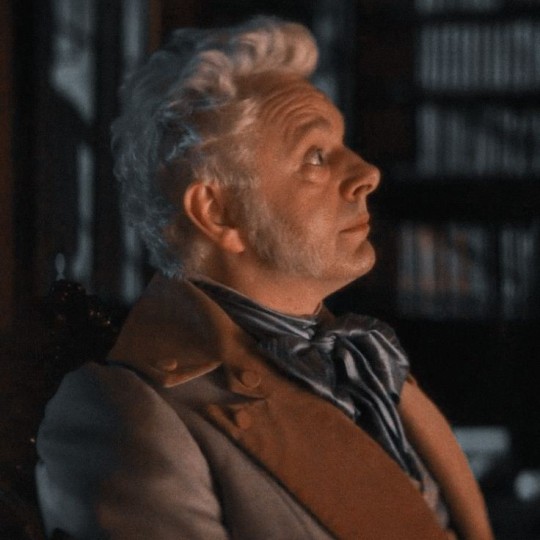






Az's nose appreciation post
568 notes
·
View notes
Text
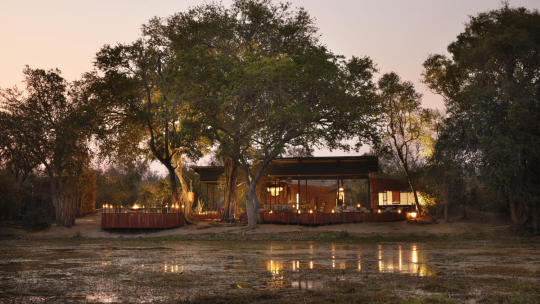








Molori Mashuma,
Mana Pools National Park, Zimbabwe, Africa,
Courtesy: Rora Private Collection
#art#design#architecture#boutique hotel#travels#luxury hotel#luxury lifestyle#interiors#luxury hotels#nature#molor mashuma#mana pools#africa#camp#safari#rora private collection#wildlife#unesco world heritage#zimbabwe
167 notes
·
View notes
Text


La Pedrera. Photos from Ajuntament de Barcelona and La Pedrera.
Nowadays, la Pedrera is one of the most famous building in Barcelona, Catalonia. It's one of the most emblematic buildings in the Catalan Modernism style, and has been declared part of the UNESCO World Heritage Site "Works of Antoni Gaudí".
But it hasn't always been recognised as good architecture, all the opposite! In fact, take a look at its name: it's technically called Casa Milà (house of the Milà family), but locals always call it "la Pedrera", which means "the quarry" in the Catalan language. When it was built, in 1910, Barcelonians thought it looked like an ugly piece of stone-y quarry mountain in the middle of the city.
But that's not the only thing that they thought it looked like. Let's see some parodies that were published at the time:

In 1909, the popular magazine Cu-Cut! published this vignette of a mother and a son walking in front of the house, when the child asks his mom "was there also an earthquake here?". This is a reference to an earthquake that happened in Sicily the previous month, and to the house's bendy shapes that look like it was shaken.

In 1925, the children's magazine En Patufet also joined in, with a vignette where the owner realises he can't hang up curtains* on this windows.
*Note: I'm using the translation "curtains" as a simplification so that English speakers without a detailed knowledge of Catalan culture can understand the joke. The vignette actually uses the word "domàs", meaning a decorative textile that is hanged from balconies during holidays.

In 1910, Cu-cut! compared it to a mona, the cake that Catalans eat on Easter Monday, by drawing a vignette where a child says "Daddy, daddy, I want a mona as big as this one!".

Three times did the magazine El Diluvio mock this building.
First, in 1910, they called it a "Medieval architecture model, between burrow and burial, that I don't quite dislike". It described its future in the following way: "the round gaps in the façade have become dark holes where all kinds of vermin come in and out: crocodiles and rats, but also snakes, hedgehogs, owls, sea monsters... Two undulating lines wrap up the building, which stands in front of an absolutely black sky. Above it, in the rooftop, the chimneys, the air vents and the stairs' endings have stopped being whipped cream mountains to become sinister piles of skulls."
In 1911, El Diluvio striked again, comparing the building's cast iron handrails to a fish stand. Their illustration had Casa Milà with a sign saying "cod entrails sold here!".
And lastly, it made fun of the controversial statue of Our Lady of the Rosary that was supposed to go on top. The Milà family in the end decided not to place the statue (some say because they didn't like how the sculptor made it, some say it's because they were scared of having a religious symbol after the 1909 anti-clerical riots) but the architect Gaudí, who was a very religious man, insisted on having it. This caused the Milàs and Gaudí to argue, which the magazine represents with a caricature of Mr. Milà wearing a Tarzan-like loincloth and branding a whip fighting against Gaudí wearing a pith helmet, grabbing him by the hair and hitting him with a hammer. The text under the image translates to "Will the Virgin Mary stand on top of the peculiar monument? Who will win, Gaudí or Milà?".
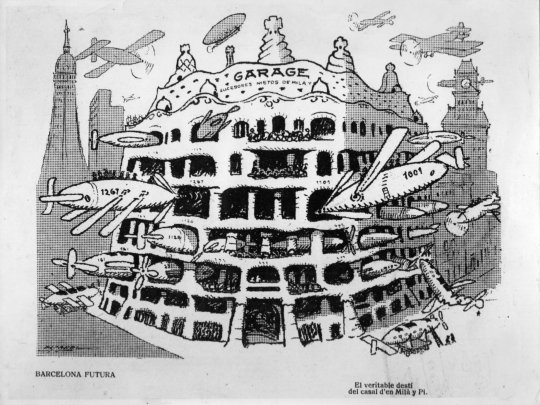
In 1912, the popular magazine L'Esquella de la Torratxa imagined that this extravagant futuristic building could only be a garage for parking airship and air-planes. This satirical drawing is titled "Future Barcelona. The true destiny of the Milà and Pi house". (Milà and Pi were the owners of this building).
The text that accompanied this illustration wondered if this building is the Wagnerian Valhalla, an anti-aircraft defense for the Moroccan War, or a hangar for zeppelins.
What do you think? Was the banter justified?
#la pedrera#casa milà#barcelona#catalunya#història#arquitectura#arts#history#architecture#antoni gaudí#gaudí#unesco world heritage#world heritage#historical#history tag#art history#art#modernisme#travel
177 notes
·
View notes
Text

Winter wad , ,,, I have told you ... - Siemen Dijkstra , 2009.
Dutch,b.1968-
Colour woodcut , 30 x 50 cm.
#Siemen Dijkstra#dutch artist#winter coast landscape#The Wadden area#Waddenzee#Wadden Sea#Wadden coast#UNESCO world heritage
96 notes
·
View notes
Text

a yellow sunset at the lake
#photographers on tumblr#autumn#sunset#Federsee#unesco world heritage#nature lake#4#ducks#Germany#baden wuerttemberg#upper swabia
113 notes
·
View notes
Text

Hill-forts of Kernavė
Lithuania
#landscape#landscape photography#nature#nature landscape#nature photography#panorama#panorama photography#landscape panorama#sky#clouds#sunrays#sunlight#hills#hill fort#hill forts#historical#historic#unesco#world heritage#unesco world heritage#unesco site#photographer on tumblr#original photography#original photographers#original photography on tumblr#Kernavė#Kernave#Lithuania#Lietuva
68 notes
·
View notes
Text
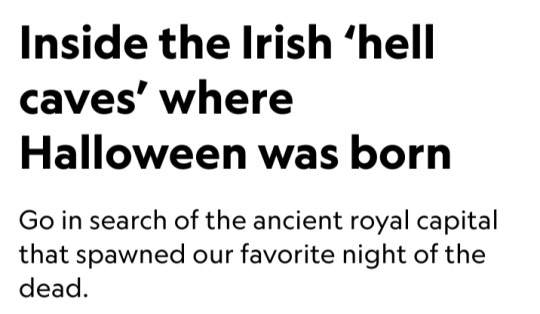

Story and photographs by Ronan O’Connell
September 26, 2023
In the middle of a field in a lesser known part of Ireland is a large mound where sheep wander and graze freely.
Had they been in that same location centuries ago, these animals might have been stiff with terror, held aloft by chanting, costumed celebrants while being sacrificed to demonic spirits that were said to inhabit nearby Oweynagat cave.
This monumental mound lay at the heart of Rathcroghan, the hub of the ancient Irish kingdom of Connaught.
The former Iron Age center is now largely buried beneath the farmland of County Roscommon.
In 2021, Ireland applied for UNESCO World Heritage status for Rathcroghan (Rath-craw-hin). It remains on the organization's tentative list.

Rooted in lore
Spread across more than two square miles of rich agricultural land, Rathcroghan encompasses 240 archaeological sites, dating back 5,500 years.
They include burial mounds, ring forts (settlement sites), standing stones, linear earthworks, an Iron Age ritual sanctuary — and Oweynagat, the so-called gate to hell.
More than 2,000 years ago, when Ireland’s communities seem to have worshipped nature and the land itself, it was here at Rathcroghan that the Irish New Year festival of Samhain (SOW-in) was born, says archaeologist and Rathcroghan expert Daniel Curley.
In the 1800s, the Samhain tradition was brought by Irish immigrants to the United States, where it morphed into the sugar overload that is American Halloween.
Dorothy Ann Bray, a retired associate professor at McGill University and an expert in Irish folklore, explains that pre-Christian Irish divided each year into summer and winter.
Within that framework were four festivities.
Imbolc, on February 1, was a festival that coincided with lambing season.
Bealtaine, on May 1, marked the end of winter and involved customs like washing one’s face in dew, plucking the first blooming flowers, and dancing around a decorated tree.
August 1 heralded Lughnasadh, a harvest festival dedicated to the god Lugh and presided over by Irish kings.
Then on October 31 came Samhain, when one pastoral year ended and another began.
Rathcroghan was not a town, as Connaught had no proper urban centers and consisted of scattered rural properties.
Instead, it was a royal settlement and a key venue for these festivals.
During Samhain, in particular, Rathcroghan was a hive of activity focused on its elevated temple, which was surrounded by burial grounds for the Connachta elite.
Those same privileged people may have lived at Rathcroghan. The remaining lower-class Connachta communities resided in dispersed farms and descended on the site only for festivals.
At those lively events they traded, feasted, exchanged gifts, played games, arranged marriages, and announced declarations of war or peace.
Festivalgoers also may have made ritual offerings, possibly directed to the spirits of Ireland’s otherworld.
That murky, subterranean dimension, also known as Tír na nÓg (Teer-na-nohg), was inhabited by Ireland’s immortals, as well as a myriad of beasts, demons, and monsters.
During Samhain, some of these creatures escaped via Oweynagat cave (pronounced “Oen-na-gat” and meaning “cave of the cats”).
“Samhain was when the invisible wall between the living world and the otherworld disappeared,” says Mike McCarthy, a Rathcroghan tour guide and researcher who has co-authored several publications on the site.
“A whole host of fearsome otherworldly beasts emerged to ravage the surrounding landscape and make it ready for winter.”
Thankful for the agricultural efforts of these spirits but wary of falling victim to their fury, the people protected themselves from physical harm by lighting ritual fires on hilltops and in fields.
They disguised themselves as fellow ghouls, McCarthy says, so as not to be dragged into the otherworld via the cave.
Despite these engaging legends — and the extensive archaeological site in which they dwell — one easily could drive past Rathcroghan and spot nothing but paddocks.
Inhabited for more than 10,000 years, Ireland is so dense with historical remains that many are either largely or entirely unnoticed.
Some are hidden beneath the ground, having been abandoned centuries ago and then slowly consumed by nature.
That includes Rathcroghan, which some experts say may be Europe’s largest unexcavated royal complex.
Not only has it never been dug up, but it also predates Ireland’s written history.
That means scientists must piece together its tale using non-invasive technology and artifacts found in its vicinity.
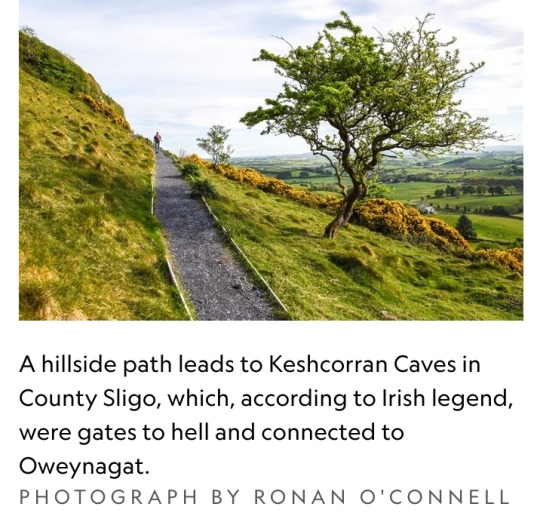
While Irish people for centuries knew this site was home to Rathcroghan, it wasn’t until the 1990s that a team of Irish researchers used remote sensing technology to reveal its archaeological secrets beneath the ground.
“The beauty of the approach to date at Rathcroghan is that so much has been uncovered without the destruction that comes with excavating upstanding earthwork monuments,” Curley says.
“[Now] targeted excavation can be engaged with, which will answer our research questions while limiting the damage inherent with excavation.”
Becoming a UNESCO site
This policy of preserving Rathcroghan’s integrity and authenticity extends to tourism.
Despite its significance, Rathcroghan is one of Ireland’s less frequented attractions, drawing some 22,000 visitors a year compared with more than a million at the Cliffs of Moher.
That may not be the case had it long ago been heavily marketed as the “Birthplace of Halloween,” Curley says.
But there is no Halloween signage at Rathcroghan or in Tulsk, the nearest town.
Rathcroghan’s renown should soar, however, if Ireland is successful in its push to make it a UNESCO World Heritage site.
The Irish Government has included Rathcroghan as part of the “Royal Sites of Ireland,” which is on its newest list of locations to be considered for prized World Heritage status.
The global exposure potentially offered by UNESCO branding would likely attract many more visitors to Rathcroghan.
But it seems unlikely this historic jewel will be re-packaged as a kitschy Halloween tourist attraction.
“If Rathcroghan got a UNESCO listing and that attracted more attention here that would be great, because it might result in more funding to look after the site,” Curley says.
“But we want sustainable tourism, not a rush of gimmicky Halloween tourism.”
Those travelers who do seek out Rathcroghan might have trouble finding Oweynagat cave.
Oweynagat is elusive — despite being the birthplace of Medb, perhaps the most famous queen in Irish history, 2,000 years ago.
Barely signposted, it’s hidden beneath trees in a paddock at the end of a one-way, dead-end farm track, about a thousand yards south of the much more accessible temple mound.
Visitors are free to hop a fence, walk through a field, and peer into the narrow passage of Oweynagat.
In Ireland’s Iron Age, such behavior would have been enormously risky during Samhain, when even wearing a ghastly disguise might not have spared the wrath of a malevolent creature.
Two millennia later, most costumed trick-or-treaters on Halloween won’t realize they’re mimicking a prehistoric tradition — one with much higher stakes than the pursuit of candy.
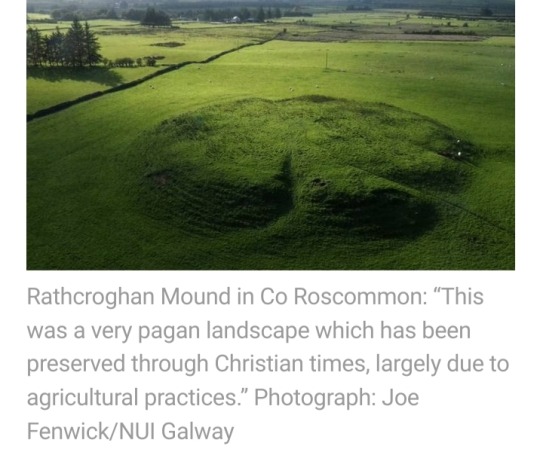
#Rathcroghan#Connaught#County Roscommon#UNESCO World Heritage#Samhain#Imbolc#Bealtaine#Lughnasadh#Tír na nÓg#Oweynagat cave#Ireland#remote sensing technology#Birthplace of Halloween#Halloween#Royal Sites of Ireland#Halloween tourism#Medb#Oweynagat#Iron Age#Irish history#archaeological site
84 notes
·
View notes
Text
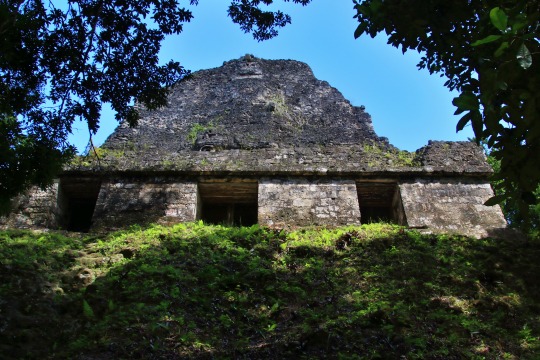


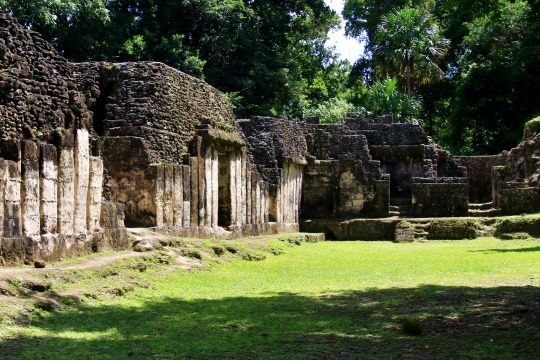

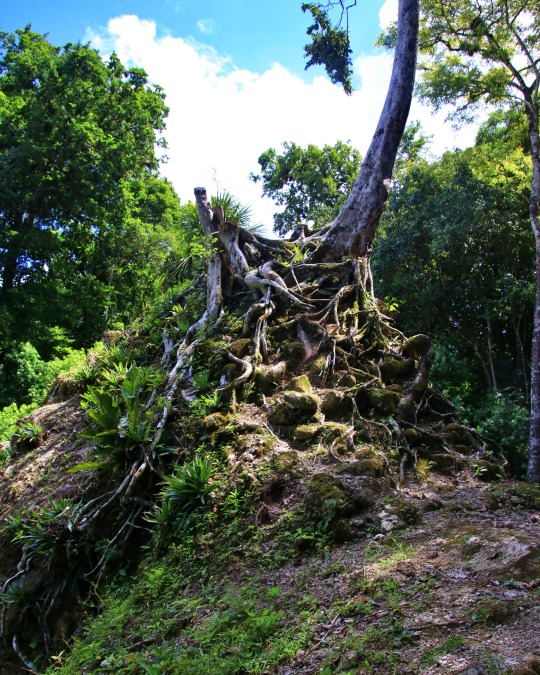
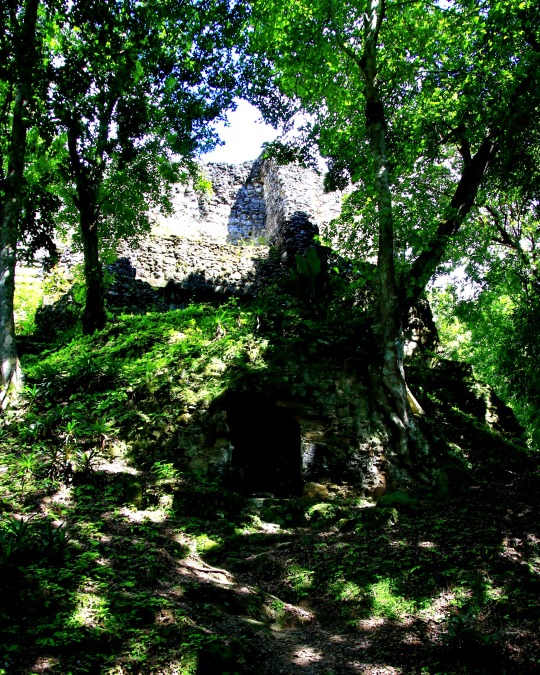
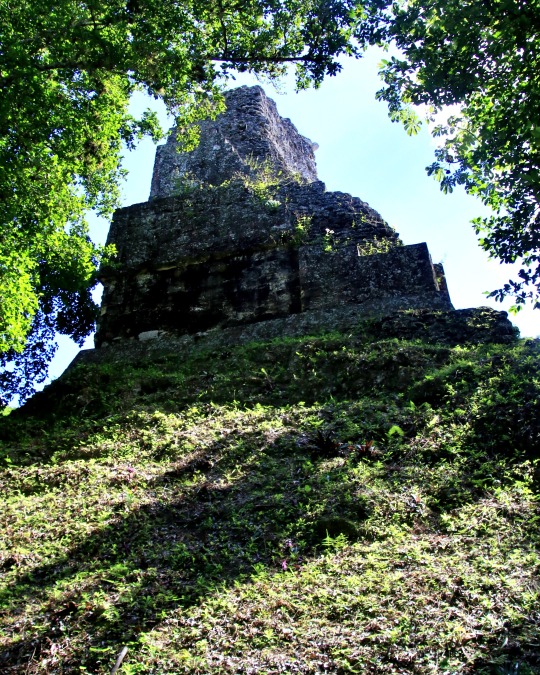

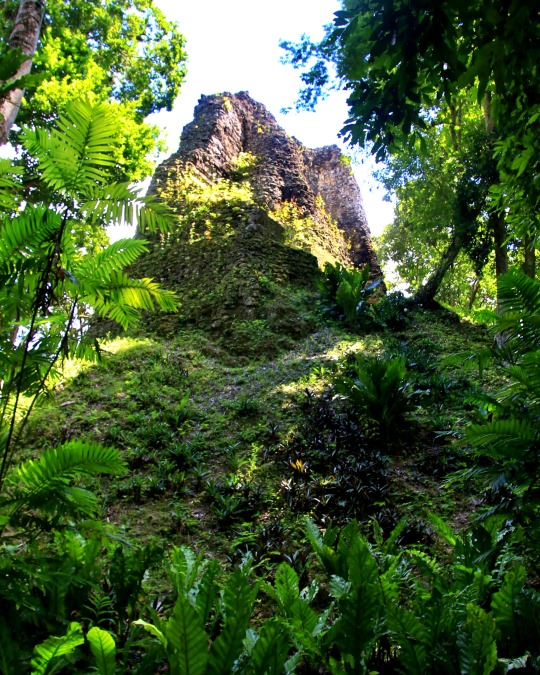
Tikal Mayan Ruins ( Guatemala )
#photooftheday#travelphotography#adventure#aroundtheworld#explore#nature#guatemala#guatemalatravel#centralamerica#mayan#mayan culture#mayanhistory#travel#visitguatemala#central america#mesoamerica#pickoftheday#world heritage#trip#unesco world heritage#unesco#histoire#jungle
26 notes
·
View notes
Text

Gate of All Nations
The Gate of Xerxes -UNESCO World Heritage
(r. 486 – 465 BC) Persepolis - IRAN
The bronze trumpets that once signaled the arrival of important foreign delegations to Persepolis, the ceremonial capital of the mighty Achaemenid Empire, may now be silent, but it is still possible to capture the sense of awe while visiting the colossal Gate of Xerxes.
Built during the reign of Achaemenid king Xerxes I , who called this his Gate of All Nations, the pillared entrance is guarded by bearded and hoofed mythical figures in the style of Assyrian gate-guards.
On arrival at Persepolis one is confronted by an imposing wall, completely smooth and plain, about 15 meters tall: this is the artificial terrace on which the palaces were built. This vast terrace of Persepolis, some 450 meters long and 300 meters wide, was originally fortified on three sides by a tall wall. The only access was from the monumental staircase, which leads to the Gate of All Nations.
The gateway bears a cuneiform inscription in Old Persian, Neo-Babylonian, and Elamite languages declaring, among other things, that Xerxes is responsible for the construction of this and many beautiful wonders in Persia. Centuries of graffitists have also left their mark, including explorer Henry Morton Stanley.
A pair of colossal bulls guarded the western entrance; two man-bulls stood at the eastern doorway. Engraved above each of the four colossi is a trilingual inscription attesting to Xerxes having built and completed the gate. The doorway on the south, opening toward the Apadana, is the widest of the three.
According to sources, pivoting devices found on the inner corners of all the doors indicate that they must have had two-leaved doors, which were probably made of wood and covered with sheets of ornamented metal.
Persepolis, also known as Takht-e Jamshid, whose magnificent ruins rest at the foot of Kuh-e Rahmat ("Mountain of Mercy"), was the ceremonial capital of the Achaemenid Empire. It is situated 60 kilometers northeast of the city of Shiraz in Fars Province.
Persepolis was the seat of the government of the Achaemenid Empire, though it was designed primarily to be a showplace and spectacular center for the receptions and festivals of the kings and their empire.
The royal city ranks among the archaeological sites which have no equivalent, considering its unique architecture, urban planning, construction technology, and art.
The city was burnt by Alexander in 330 BC apparently as revenge to the Persians
The immense terrace of Persepolis was begun about 518 BC by Darius the Great, the Achaemenid Empire’s king. On this terrace, successive kings erected a series of architecturally stunning palatial buildings, among them the massive Apadana palace and the Throne Hall (“Hundred-Column Hall”).
This 13-ha ensemble of majestic approaches, monumental stairways, throne rooms (Apadana), reception rooms, and dependencies is classified among the world’s greatest archaeological sites.
#art#design#doorway#architecture#heavensdoorways#gateway#entryway#iran#persepolis#bull#royal#royal city#style#history#gates of xerses#unesco world heritage#monumental#gate of all nations#achaemenid#persia#xerxes#front door#architrave
49 notes
·
View notes
Text
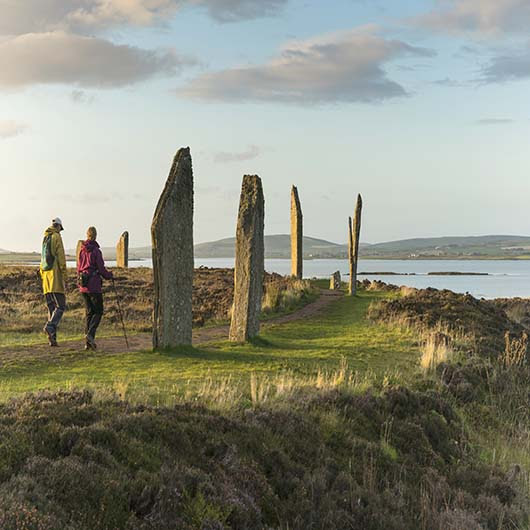
The Ring of Brodgar on Orkney predates Christianity by millennia, so the term pagan is used quite loosely. It was all our ancestors knew.
#Ring of Brodgar#Orkney#Scottish islands#standing stones#pagan monuments#stone circle#prehistoric#ancient britain#UNESCO World Heritage#mystical#remote#Scotland#UK
57 notes
·
View notes
Text





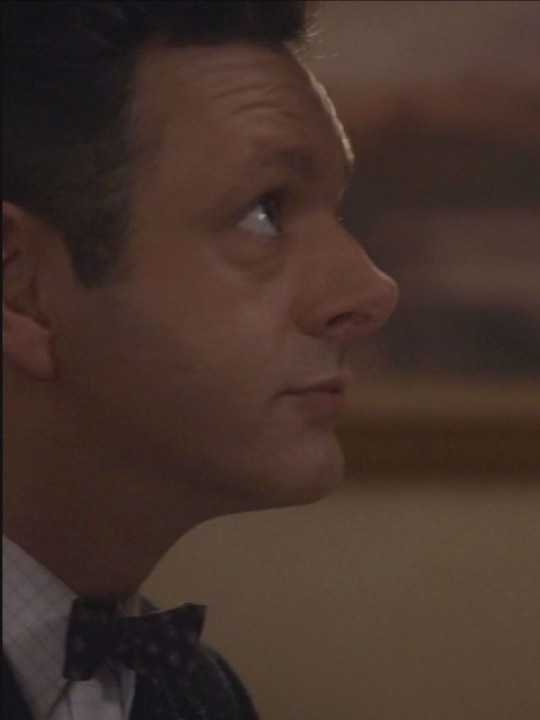




Michael's nose appreciation post
261 notes
·
View notes
Text
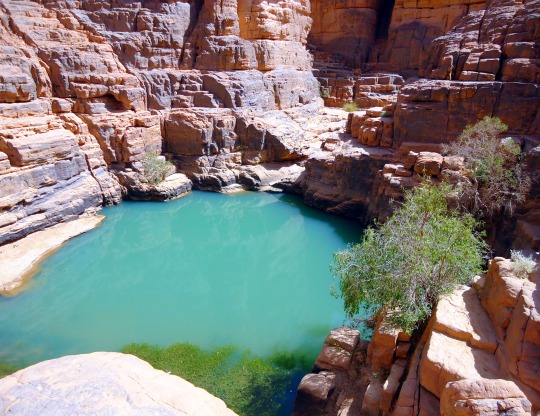
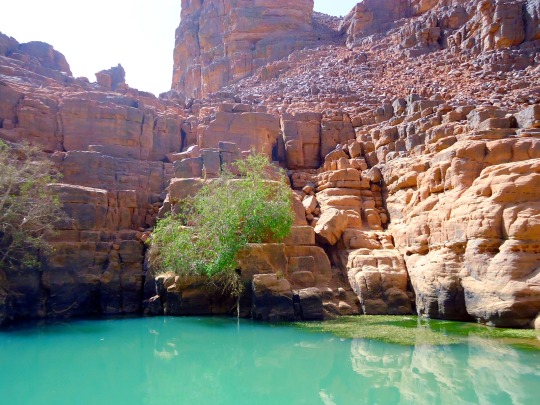
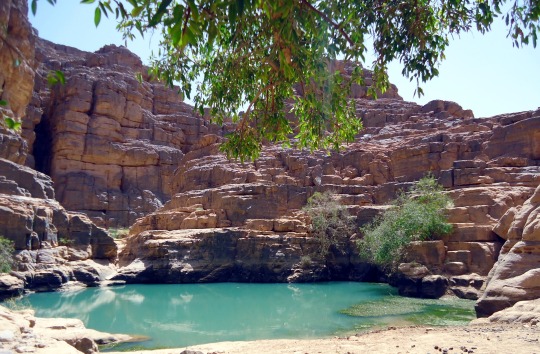
"THE GEOLOGICAL FORMATIONS ARE OF OUTSTANDING SCENIC INTEREST..."
PIC(S) INFO: Spotlight on Gueltade Tikoubaouine, Tassili n’Ajjer, Algeria, North Africa, a UNESCO World Heritage site. 📸: “Extraanis,” c. 2015 (via Wikimedia).
MINI-OVERVIEW: “Located in a strange lunar landscape of great geological interest, this site has one of the most important groupings of prehistoric cave art in the world. More than 15,000 drawings and engravings record the climatic changes, the animal migrations and the evolution of human life on the edge of the Sahara from 6000 BC to the first centuries of the present era. The geological formations are of outstanding scenic interest, with eroded sandstones forming "forests of rock.”
– UNESCO WORLD HERITAGE CONVENTION
Source: https://commons.m.wikimedia.org/wiki/File:Canyon_de_Tikoubaouine.JPG (3x).
#UNESCO World Heritage Site#UNESCO#Nature#Algeria#Photography#Geology#North Africa#Rock Formations#Africa#African Oasis#Geological Site#UNESCO World Heritage#North African#North African Landscapes#Landscapes#Geological#Rocks#Forests of Rock#Gueltade Tikoubaouine#Tassili n’Ajjer#Nature photography#World Heritage Site
16 notes
·
View notes
Text
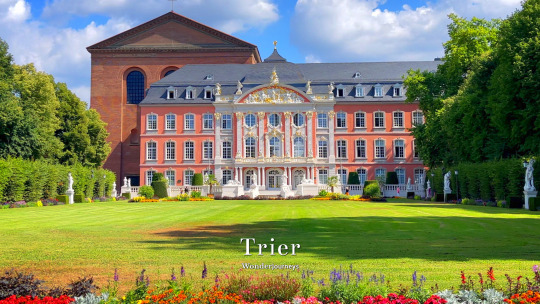
Trier, Germany, Deutschland. Kurfürstliches Palais

Trier, Germany, Deutschland. The Roman city gate: Porta Nigra
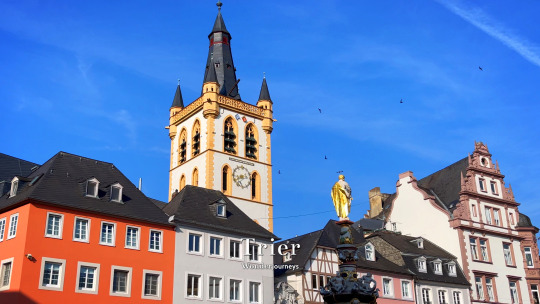
Trier, medieval market square
Trier was a Celtic settlement. The Romans named it after that Celtic tribe. The city has Roman baths, amphitheatre and a stunning roman city gate. From Roman times, Trier grew and endured. A marvellous city to visit.
Enjoy the Walking Tour of Trier
youtube
#travel#youtube#wanderlust#wonderjourneys#tourism#touristdestination#germany#deutschland#hidden gems#hidden gem#roman#rococo#baroque#neoclassical#architecture#roman empire#spring#moselle#wine region#history#eifel#unescoworldheritage#unesco#unesco world heritage#m#medieval#Youtube
7 notes
·
View notes
Text

Gartenstadt Falkenberg , Berlin - Brunp Tatut , 1912.
German , 1880-1938
Drawing
#Brunp Tatut#german architect#urban building#facade#Gartenstadt Falkenberg#colourful houses#Berlin#Germany#UNESCO World Heritage
51 notes
·
View notes
Text
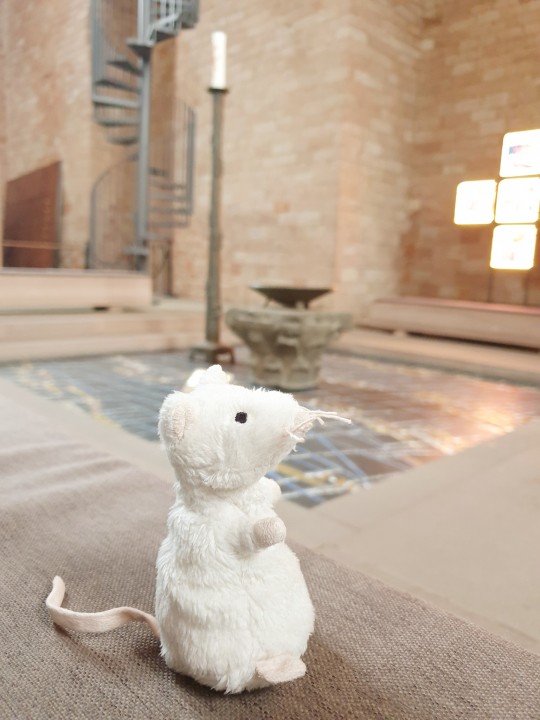


Ancient Roman architecture makes for impressive modern buildings!
The Aula Palatina was build as a Roman palace (around 300 AD) and does now belong to the Evangelical Church in the Rhineland. In it's long history the basilica fell to ruin several times. Most recently 1944 when the church burned down in an US airstrike (during WWII).
#basilika trier#ancient roman#ratty's adventures#church#ratty is an angel#my sketches#idk where i'm going with this#just having fun with a plush toy#and sketching imaginary scenes about it#aula palatina#trier#basilica of constantine#unesco world heritage#©annavonihlenburg
9 notes
·
View notes
Text
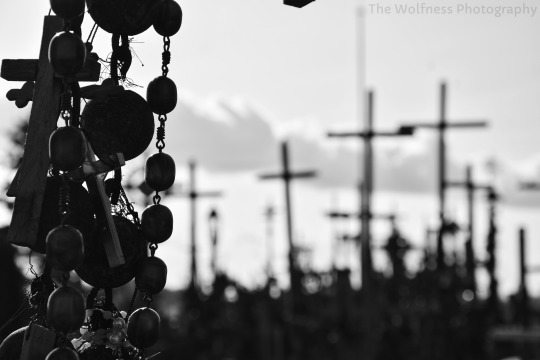

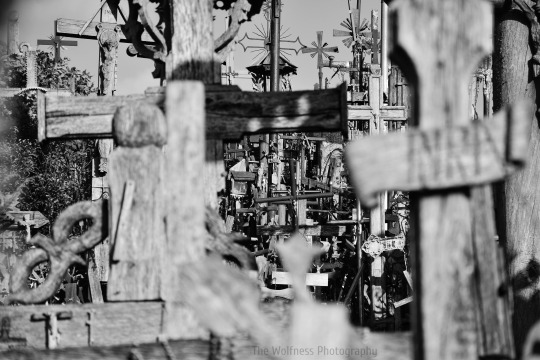
Hill of Crosses
Lithuania
#landscape#landscape photography#black and white#black and white photography#bw#bw photography#crucifix#crucifixes#cultural heritage#hill#pilgrimage site#religious#religious site#cross#crosses#statues#unesco#unesco world heritage#unesco site#interesting perspective#photographer on tumblr#original photography#original photographers#original photography on tumblr#Kryžių kalnas#Kryziu kalnas#Hill of Crosses#Šiauliai#Lithuania#Lietuva
41 notes
·
View notes